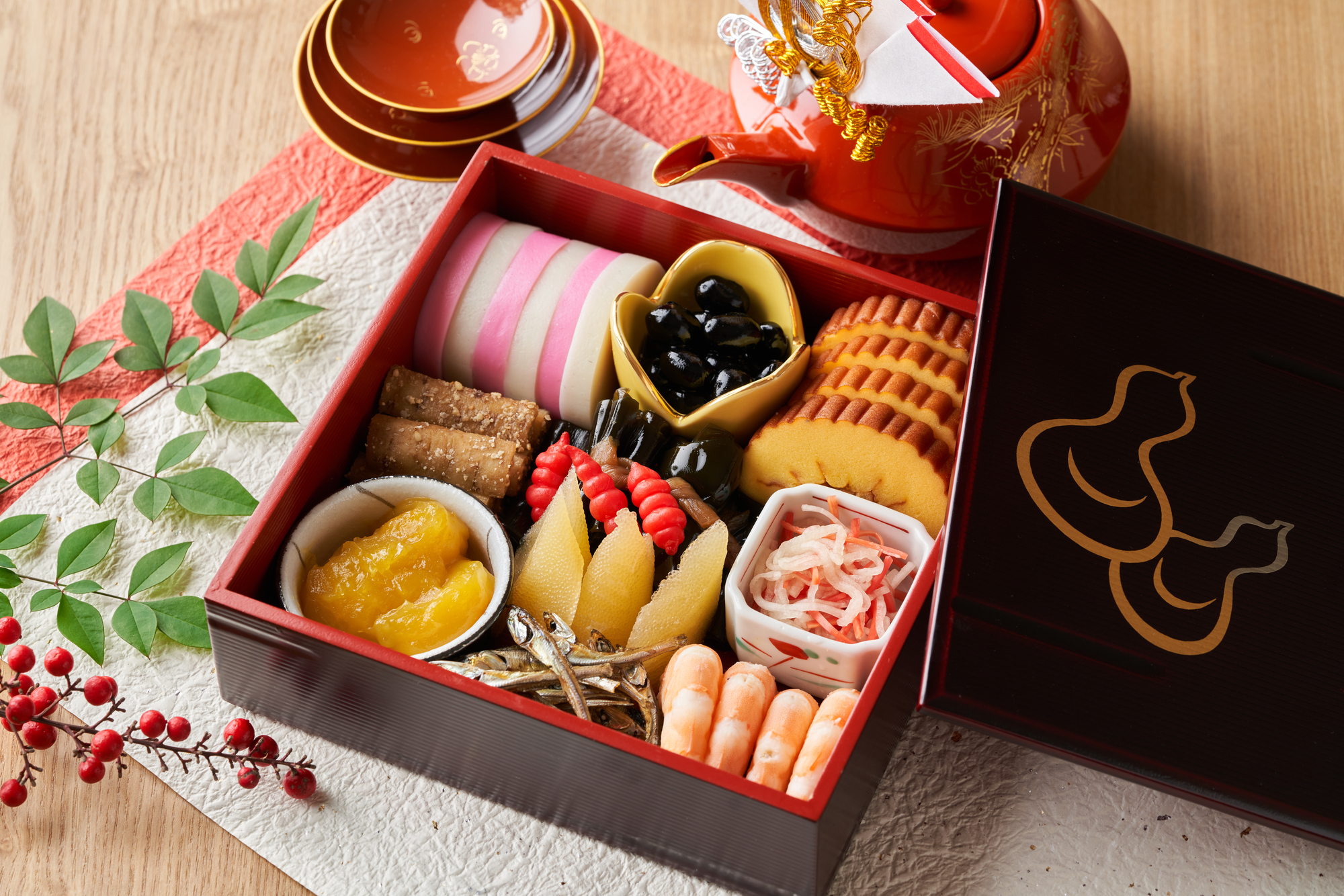Once a labor-intensive tradition steeped in symbolic meaning, osechi ryori — the quintessential Japanese New Year’s feast — has transformed into a reflection of modern lifestyles. From convenience store bento boxes to luxurious French-Japanese fusion spreads, the osechi of today caters to shrinking households, busy schedules and global tastes. List of Contents: A Feast of Symbolism and Time The Konbini Revolution From Tradition to Luxury Generational Shifts and Sentiments Evolution, Not Extinction Related Posts A Feast of Symbolism and Time For centuries, osechi ryori has served as Japan’s culinary time capsule, preserving a set of symbolic dishes meant to bless the coming year.
Each lacquered jubako box traditionally includes delights like kuromame (black soybeans for health), kazunoko (herring roe for fertility), and datemaki (sweet rolled omelet for learning). Osechi not only nourished the body but also embodied familial bonds and aspirations for prosperity. The arduous preparation, often requiring days of work, was also practical: Preserved foods could sustain families while cooks took a break during the New Year’s holiday.
But Japan’s changing social fabric has pulled osechi into a new era. Convenience, urbanization and shifting generational values are now shaping how osechi is made, consumed — and even perceived. The Konbini Revolution Step into any Japanese konbini on December 31, and you’ll find osechi neatly packaged in sleek, disposable boxes.
Conven.



















